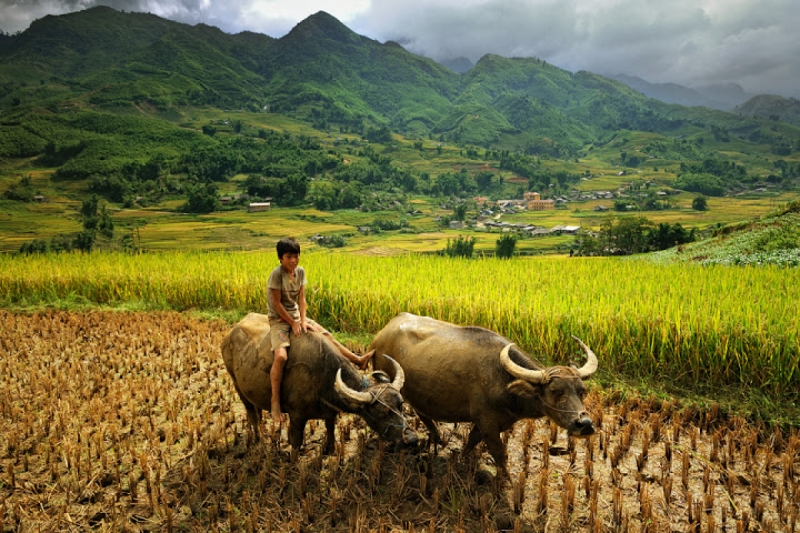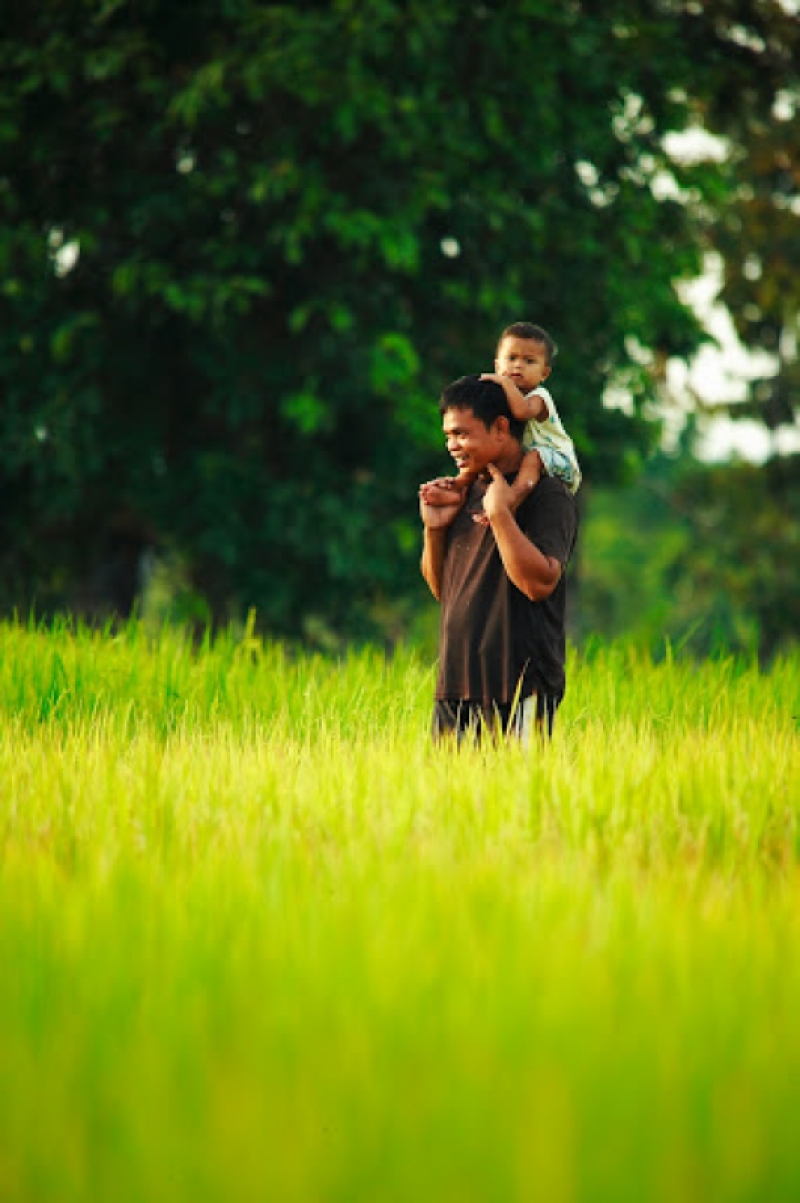




This assertion could mean many different things for different kinds of people. For a typical Asian family, rice is a numero uno on the grocery list; a family necessity, a staple food every single meal should include.
For rice farmers, rice is a source of livelihood. More than that, it represents survival and the continuous hope of rising out of poverty, and into a better life.
For agriculturists, researchers, and food experts, rice is a field of study oozing with so much potential.
As for health buffs and diet enthusiasts – including the increasing number of fitness-conscious Asian youth nowadays – rice is an important component of a healthy meal.
But anyhow and for whatever purpose, rice is already a central fiber of the Asian lifestyle and identity. This is precisely the reason why, despite globalization and rising Western influences, rice remains a crop of ever-growing demand.
Rice Production and Consumption in Asia
Tanyatorn Tongwaranan of Bangkok Post reported that even though an increasing number of Asians are moving away from rice-based food in favor of Western staples, demand for rice across the Asia will continue to grow.
Despite the fact that westernized meals and convenience store food are quickly making its way to the regular Asian diet, the demand for rice is still high in the region of 4.5 billion people. This is according to the Food and Agriculture Organization of the United Nations (FAO-UN).
From the statistics presented by Tongwaranan, the world consumes about 485 million tons of rice annually, and 90% of the consumption or about 440 million tons is in Asia.
By 2035, the International Rice Research Institute (IRRI) projected that an additional 116 million tons will be added to global demand.
Rice as a Healthy Staple Food
This is not something to be worried about, though. Health-wise, there are not many problems associated with the consumption of rice. In fact, there is a lot of perceived nutritional benefits that comes with eating Asia’s primary crop.
According to a report by Organic Facts entitled “Health Benefits of Rice,” the strength of rice as a food crop includes its “ability to provide fast and instant energy, regulate and improve bowel movements, stabilize blood sugar levels, and slow down the aging process, while also providing an essential source of vitamin B1 to the human body.”
Other benefits include its capacity to “boost skin health, increase the metabolism, aid in digestion, reduce high blood pressure, help weight loss efforts, improve the immune system and provide protection against dysentery, cancer, and heart disease.”
Furthermore, eating rice is extremely beneficial to the health, simply because it does not contain harmful fats, cholesterol or sodium. It forms an integral part of balanced diet.
“Low levels of fat, cholesterol, and sodium will also help reduce obesity and the health conditions associated with being overweight. Because of this, rice is one of the most widely used and eaten food in the world, as it can keep people healthy and alive, even in very small quantities,” Organic Facts further reported.
These are just some of the many health benefits of rice, and the list goes on and on.
The Risk of White Rice
There is just one danger of consuming too much white rice. This is the higher risk of getting diabetes.
According to Evidence Express, the British Medical Journal reported that higher white rice intake is associated with a significantly elevated risk of type 2 diabetes, especially among Asian populations. According to the authors, each serving of white rice (i.e. nearly 160 grams a day) increases the risk by 11 per cent.
This, according to them, is because of the very nature of white rice and it being “stripped off of all its (nutritious) goodness.”
“When only the husk is removed, you get brown rice. When the bran and the germ are also removed, you get white rice. Therefore, while white rice and brown rice are similar in terms of the number of calories and carbohydrates, they are very different as far as their processing and nutritional content are concerned,” reported Evidence Express.
Embracing Change

There is no denying that in today’s changing times, more and more Asians are starting to open up to the variety of food the other parts of the world has to offer.
“While rice consumption globally is still on the rise, per capita consumption has fallen significantly in some Asian countries where baked goods, potatoes and noodles are gaining in popularity amid the proliferation of Westernized cuisines,” Tongwaranan said.
While this is all true, it is also a fact that tradition is hard to change, and rice has already imprinted itself in the Asian identity. Indeed, “rice will always reign supreme in Asian diets.”
As rice continually holds its throne as the most widely-consumed crop in Asia, it is then a big challenge for Asian countries to make it healthier and more nutritious. After all, aside from producing more quantities of food, quality is also a top priority.
It would not be a fast road to change, however. “Even the educated among us who have been sensitized are, more likely than not, to stick to the centuries-old habit of eating white rice. The reasons may range from skepticism, reluctance to make the transition to a very different taste, lack of seriousness about health issues, to a very human dislike of change,” Evidence Express further reported.
Yet, with more and more people becoming conscious about their health and wellness, and more and more agriculturists and rice researchers lobbying for a shift from the traditional white rice to a healthier alternative that is brown rice, there is hope that in the future, people would start to embrace change.
Change needs to happen, because it is the only way the Asian culture that is rice would thrive.